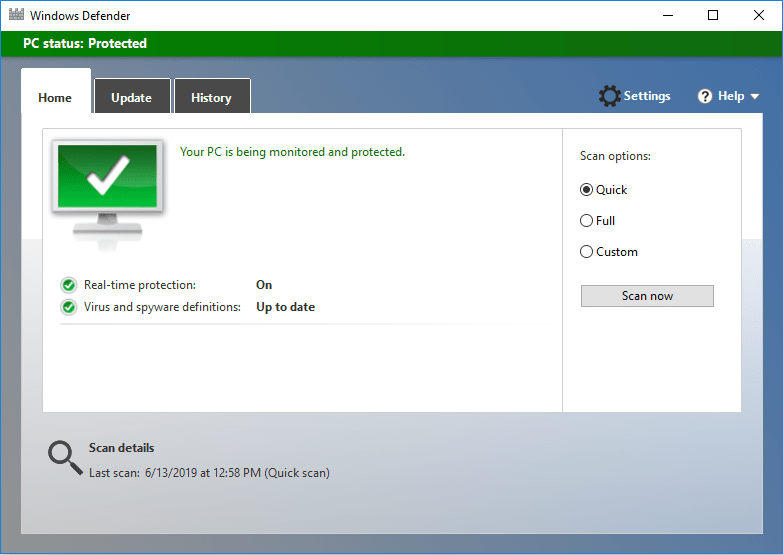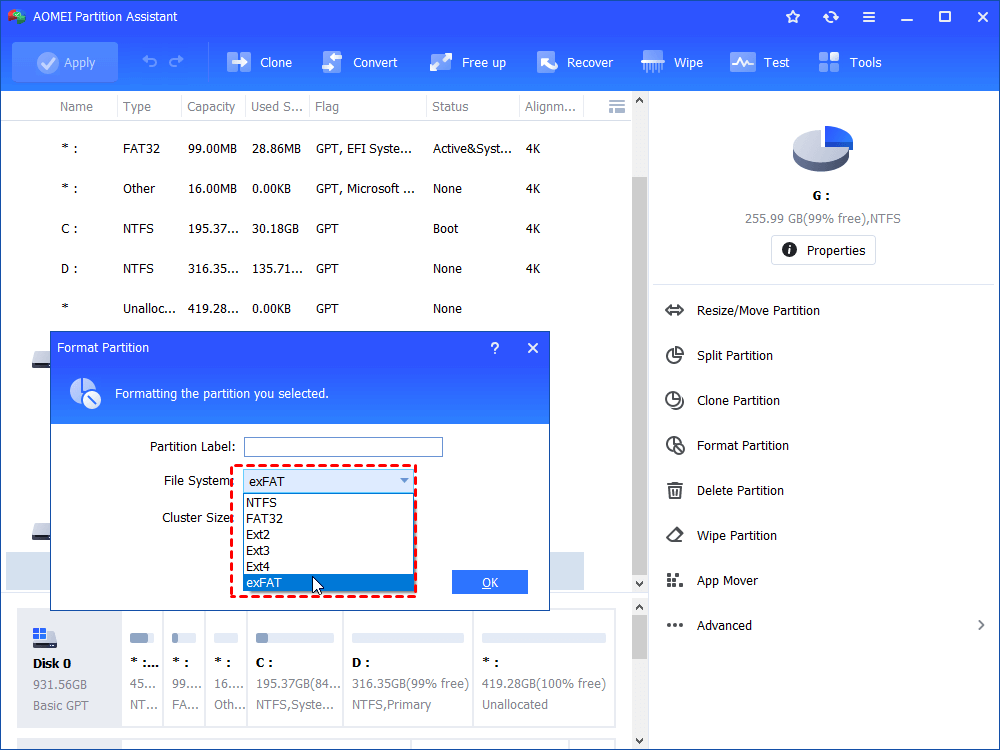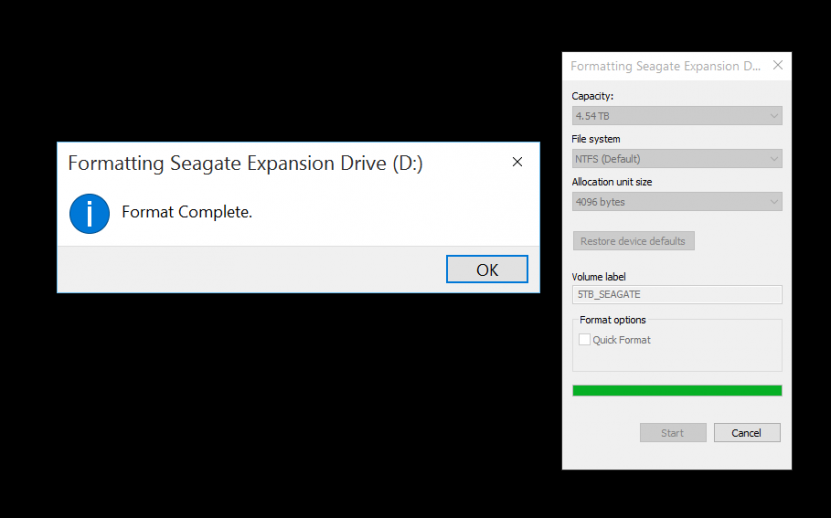
- #Format seagate drive windows 7 how to
- #Format seagate drive windows 7 full
- #Format seagate drive windows 7 windows 10
- #Format seagate drive windows 7 windows 8.1
- #Format seagate drive windows 7 windows 7
It can also be used to check for faulty tracks or defective sectors within a hard drive.įormatting is the process of setting up/preparing a storage device for first use, which includes main on-disk structures initialization, partitioning (dividing disk space into segments), and executing another file system's tasks.įormatting can be done on almost every kind of storage device like a Hard disk drive, USB flash drive, external hard drive, and an SSD. Here in this section, we will discuss everything related to disk formatting on Windows 7.ĭisk formatting permits the user to remove the used storage from the storage device altogether and also helps in managing one or more new file systems. It allowed the user to create partitions and format the hard drive with ease. One of them was revamping the method to format the hard drive on the go by adding the freshly minted Disk Management utility. Windows 7, introduced many user-friendly features with its release.

#Format seagate drive windows 7 how to
How to Recover Data from Hard Drive After Format?
#Format seagate drive windows 7 windows 7
How to Format a Hard Drive in Windows 7 by Disk Management? Types of Hard Drive Formatting For You to Choose
#Format seagate drive windows 7 windows 8.1
We're focusing this guide on Windows 10, but these instructions should also work on Windows 8.1 and Windows 7. If the drive is exhibiting problems using the Disk Management tool, as a result of data corruption or another issue, you can use the DiskPart command-line tool to resolve the problem.
#Format seagate drive windows 7 full
If you use the full format option, remember that it can take many hours to complete depending on the size.Īfter you complete the steps, the new hard drive will be initialized, partitioned, and properly formatted. Quick tip: To perform a full format that includes a disk check, clear the quick format option. In the "Value label" field, type a descriptive name for the storage.Use the "Assign the following drive letter" drop-down menu to select a new drive letter. Otherwise, specify the amount of space in megabytes you want to allocate for the partition. Under the "Simple volume size in MB" section, leave the default size if you're planning to use the entire hard drive to store files. Right-click the Unallocated space part of the storage, and select the New Simply Value option. GUID Partition Table (GPT) for hard drives larger than 2TB in size.Master Boot Record (MBR) for hard drives smaller than 2TB in size.Under the "Select disks" section, check the disk to initialize.Right-click the hard drive marked as "Unknown" and "Not Initialized" and select the Initialize Disk option. To set up a new hard drive with raw space on Windows 10, use these steps: Usually, you can tell a hard drive doesn't have a partition, because it will not appear in File Explorer, and on Disk Management, it'll show up as unallocated space. In the case that you have a hard drive that was never partitioned and formatted, it will not appear in File Explorer, and you'll have to initialize, create a new partition, and then format it before you can use it. How to create and format partition using Disk Management

Once you complete the steps, the tool will format the selected partition on the drive, and then you can begin storing files.

Quick tip: The quick format option wipes the drive fast, but it doesn't check for problems.

To format a partition using Disk Management, use these steps: When you're dealing with a drive that already has a partition, you can format the existing partition to delete its files and start with a clean storage. How to format existing partition using Disk Management
#Format seagate drive windows 7 windows 10
In this Windows 10 guide, we'll walk you through the steps to properly format a traditional hard drive or Solid-State Drive (SSD), whether it already has a partition or was never initialized. Windows 10 includes many methods to format a hard drive, but using Disk Management is perhaps one of the best options for most users.


 0 kommentar(er)
0 kommentar(er)
